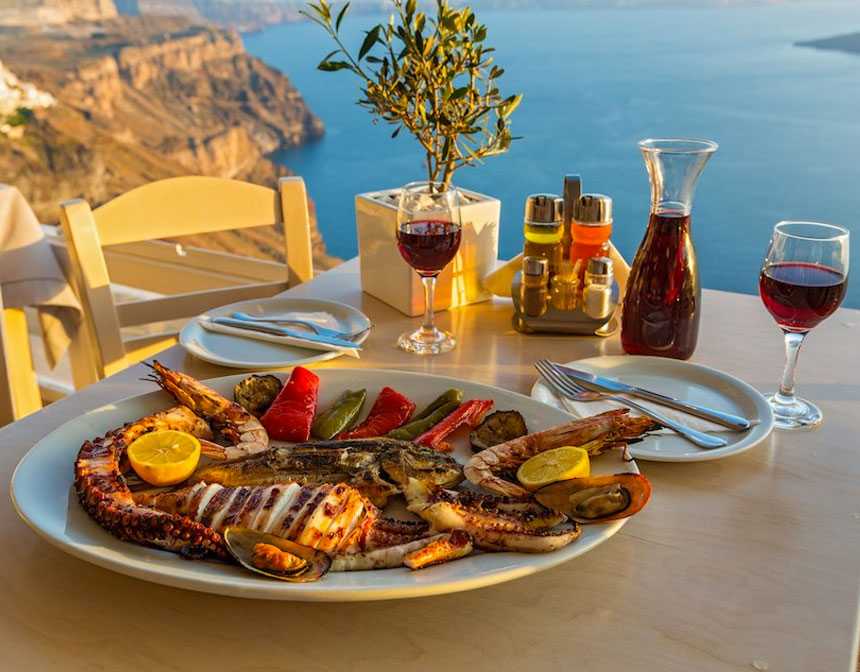Is Tres Leches Cake Soggy?
Tres Leches Cake is supposed to be ultra-moist! After all, it's soaked in a mixture of three types of milk. However, it should not be soggy. The cake absorbs the milk mixture to become moist and flavorful, but it should still hold its shape.
What Does Tres Leche Cake Taste Like?
Tres Leches Cake is sweet and incredibly moist without being soggy. It has a light and airy texture, similar to a sponge cake. The three-milk mixture gives it a rich and creamy taste, which is often balanced with a light topping of whipped cream or meringue.
Is Tres Leches Spanish Or Mexican?
Tres Leches Cake is a popular dessert in many Latin American countries, and it is often associated with Mexico. However, its exact origins are unclear. Some believe it may have originated in Nicaragua, while others suggest it might have been introduced to Latin America by European settlers.
Why Is Tres Leches The Best Dessert?
Many people love Tres Leches Cake because it's a perfect balance of sweetness and creaminess. The cake itself is light and airy, and the three-milk mixture makes it incredibly moist and rich. It's a unique dessert that's different from typical cakes, making it a favorite for many.
What To Serve with Tres Leches Cake?
Tres Leches Cake is a delicious dessert on its own, but you can serve it with fresh fruits like strawberries, raspberries, or sliced mango. The natural sweetness of the fruits perfectly balances the richness of the cake, creating a delightful contrast of flavors and textures. Additionally, a dollop of freshly whipped cream adds a light and creamy touch, enhancing the cake's lusciousness. To complete the experience, consider serving the cake with a hot cup of coffee or espresso, as the bitterness of the coffee perfectly complements the sweetness of the dessert. Whether enjoyed on a special occasion or a casual gathering, these accompaniments create a harmonious and memorable dessert experience that will leave everyone indulging in the deliciousness of Tres Leches Cake.
Here are our delicious recipes that you can serve with Tres Leches Cake:
History of Tres Leches Cake
The Tres Leches Cake, also known as "three-milk bread," is a sponge cake soaked in three kinds of milk: evaporated milk, condensed milk, and whole milk. This dessert originated in Nicaragua in the 19th century and is considered the country's national pastry. The cake's distinct light texture, filled with many air bubbles, prevents it from having a soggy consistency despite being soaked in a mixture of three types of milk.
The dessert's history is quite fascinating. The colonization of Nicaragua in the 19th century led to a vast process of experimentation and mixtures of food that had never before come together. European presence in Mexico during the same period introduced the "antes" dessert, a bread soaked in wine and layered with milk custard and fruit or nuts. By 1896, the U.S. Department of Commerce was importing condensed milk to Nicaragua, which had a significant impact on Nicaraguan recipes.
The Tres Leches Cake has since become a staple in many Latin American countries, including Mexico, Cuba, El Salvador, Venezuela, and Puerto Rico. It has also gained popularity in the United States, particularly in Miami due to Latin American immigration. The cake's popularity spread across the U.S., possibly from Los Ranchos restaurant in Miami, which featured it on its menu when it opened in 1981. The cake was so popular that the restaurant even featured its recipe on fliers, which were widely distributed.
In recent years, a variety of Tres Leches known as "trileçe," a caramel-topped version of Tres Leches, has become popular in the Balkans and Turkey. This version is sometimes made with three different types of milk: cow's, goat's, and water buffalo's, though more commonly a mixture of cow's milk and cream is used. The Albanian variation usually has a caramel topping while the Tres Leches cake has a cream and fruit topping. This shows the versatility and adaptability of this delicious dessert, which continues to be a favorite in many cultures around the world.











































